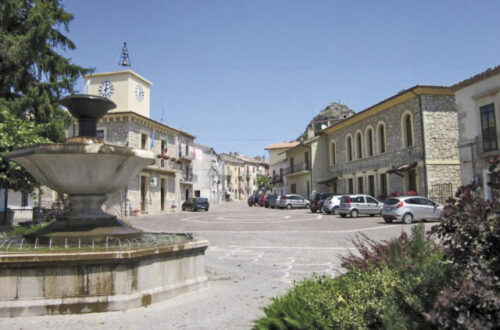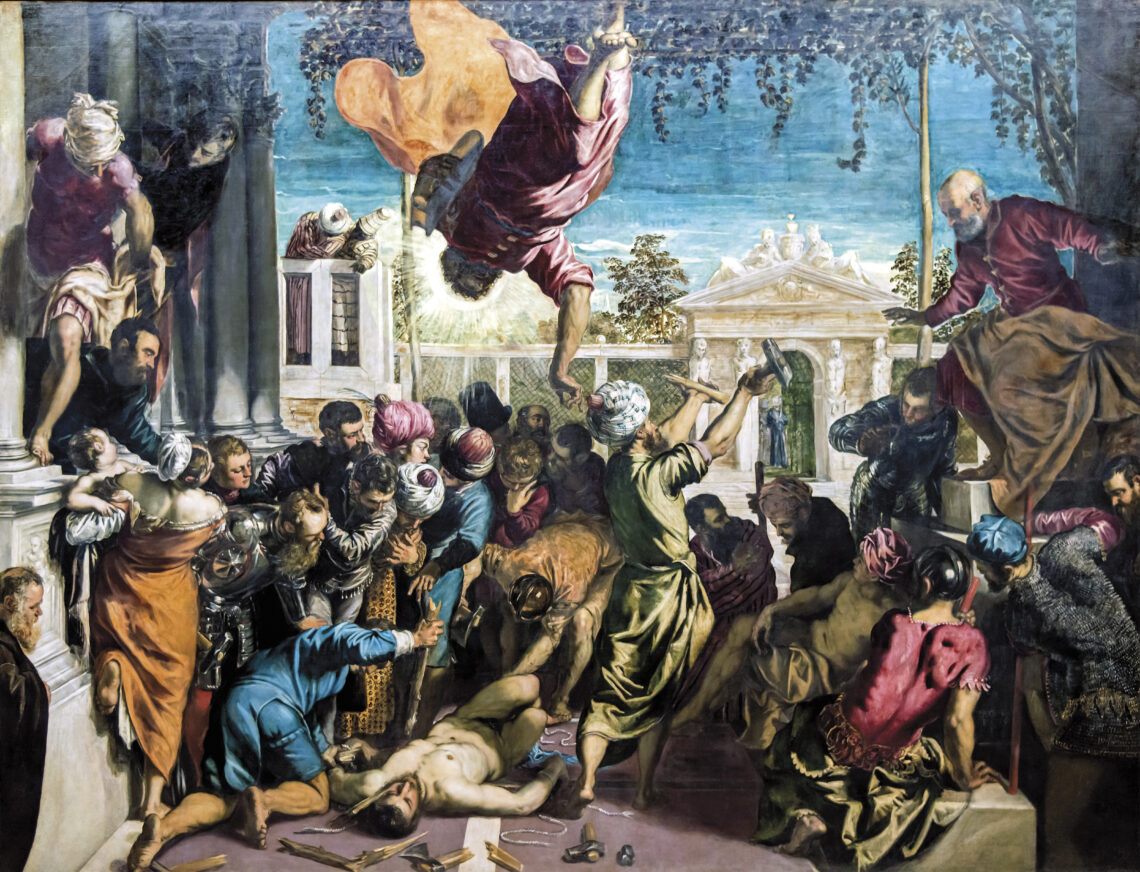
Art Expert Highlights Works of Venetian Renaissance Masters
By Nancy De Santi, 1st Vice President-Programs
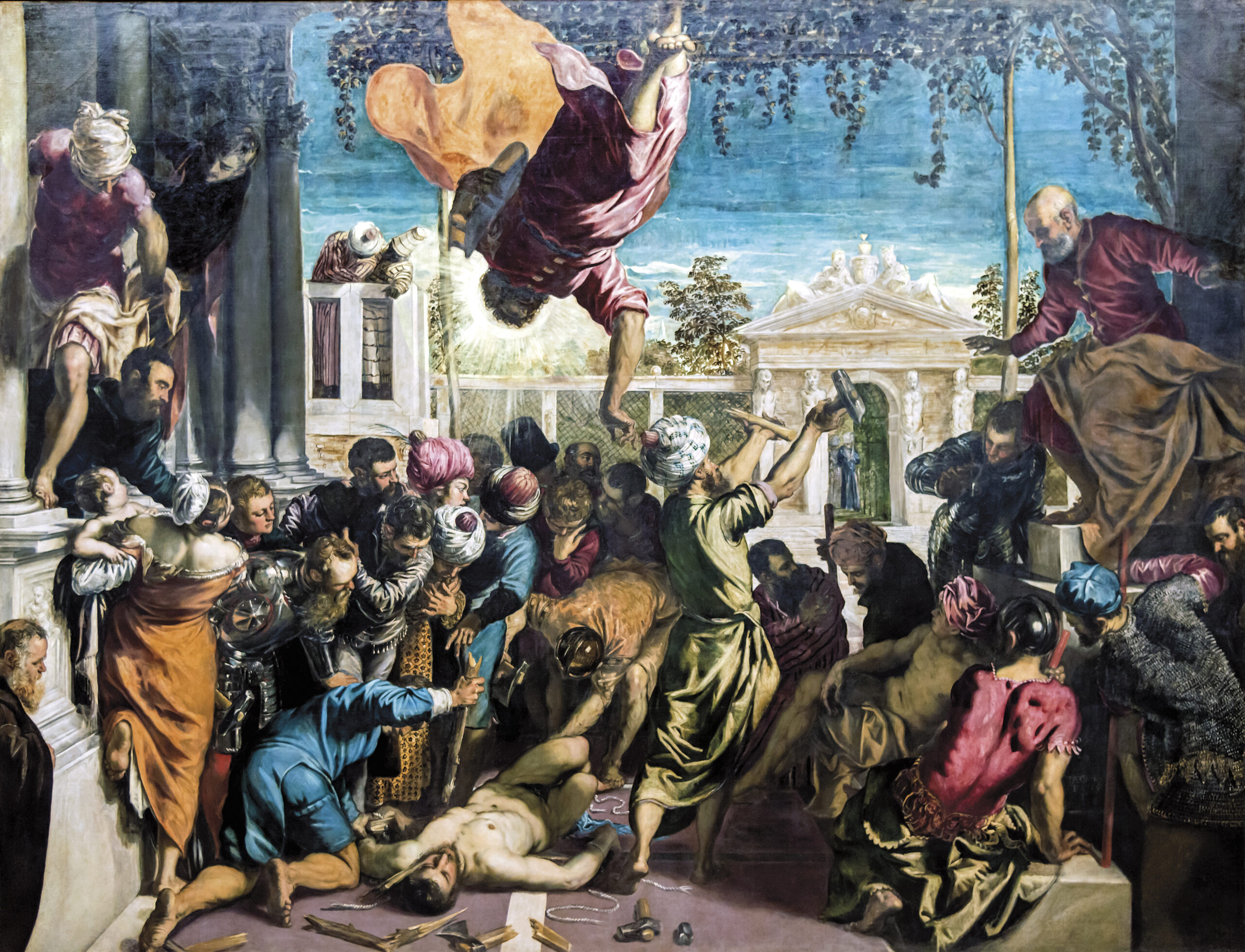
AMHS members were treated to a fascinating lecture by one of America’s leading experts on Italian art, Dr. Eric Denker, who spoke to an appreciative audience at Casa Italiana on September 18, 2022.
The luncheon program was co-sponsored by the Casa Italiana Sociocultural Center and the Casa Italiana Language School.
Dr. Denker was the long-serving Senior Lecturer of the National Gallery of Art in Washington, D.C., and the author of seven books and catalogues. His deep knowledge of Italian art and culture has made him a popular lecturer in Europe, for the Smithsonian Institution and for the Scuola Internazionale di Grafica in Venice.
Dr. Denker studied in Bologna in the 1970s and is currently the only American honorary member of the Scuola Grande di San Rocco in Venice. One of his grandparents came from a town in Lazio, so that may help explain his love of Italian art and culture.
His topic was undoubtedly of interest to all art lovers—the “Four Titans of the Venetian Renaissance: Bellini, Giorgione, Titian and Tintoretto.” Their paintings in the 15th and 16th centuries were characterized by the use of color and mood.
Bellini’s famous paintings include St. Francis in the Desert, which is in the Frick Gallery in New York City. One of his masterpieces, the massive San Zaccaria Altarpiece, is 16 feet tall and 8 feet wide.
Giorgione, as Dr. Denker noted, painted “in a truthful way,” as real people looked. His famous painting of the Nativity, the Adoration of the Shepherds, is in the National Gallery of Art. Unfortunately, Giorgione died of the plague when he was only in his 30s.
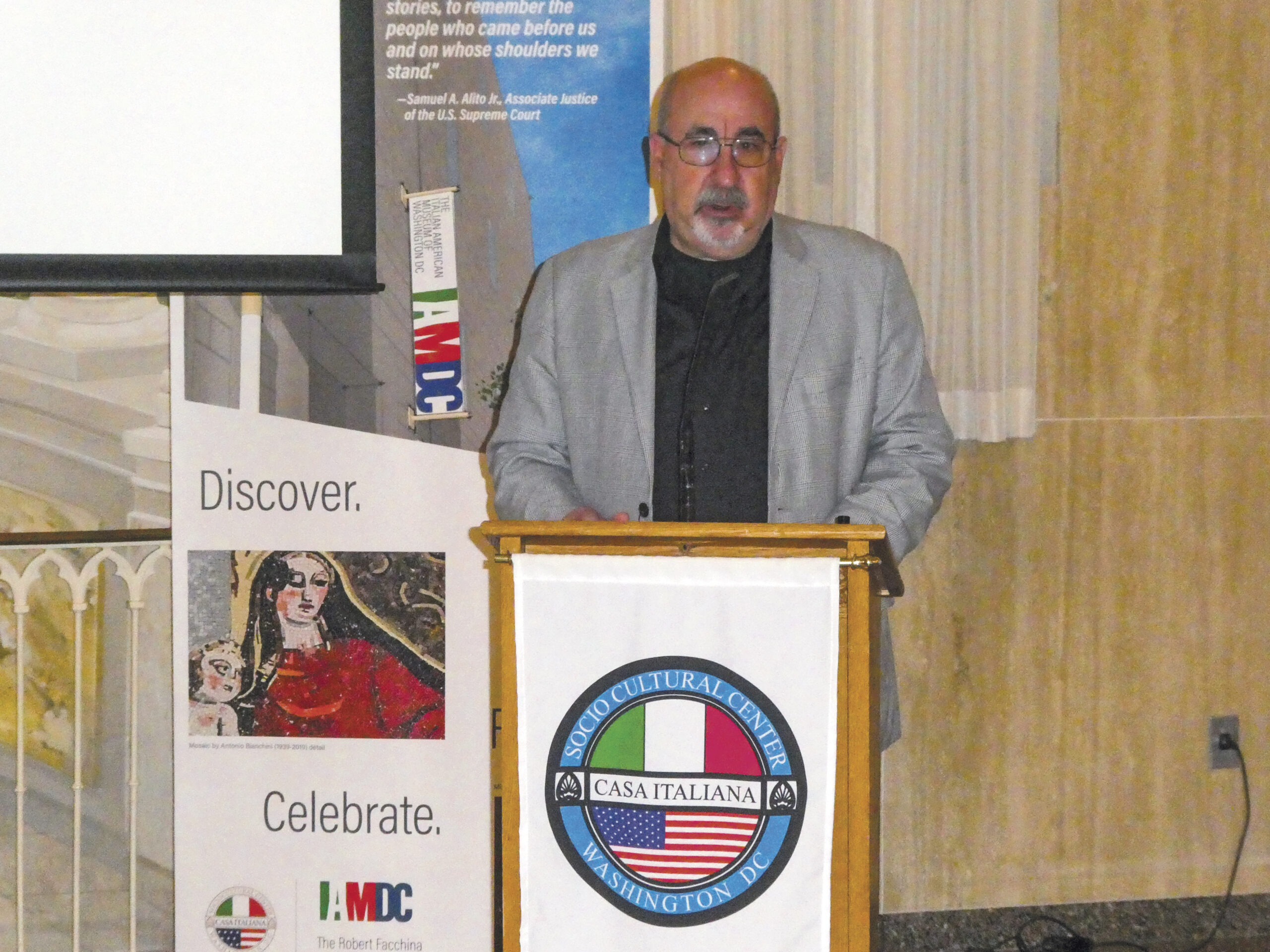
Credit: Sam Yothers
Titian defined the Venetian style for the better part of the era. He painted some of the finest portraits and nudes of his time, including the Venus of Urbino. Dr. Denker said that the subject of the painting was actually a bride who married into the family of the famous Duke of Montefeltro in Urbino, which at that time was one of the most refined and elegant cities in Italy. The Dresden Venus is traditionally attributed to Giorgione but Titian completed at least the landscape.
Tintoretto was a renowned and prolific artist who created spectacular altarpieces as well as religious narrative scenes, portraits, and mythological subjects. One of his best-known paintings is the Miracle of St. Mark (also known as the Miracle of the Slave). His enormous Crucifixion has been called one of the most dramatic versions of the Crucifixion in the history of Christian religious art. He also painted a huge Last Supper which measures 12 feet by 18 feet.
The years 1475-1575 may have marked Venice’s political decline but the arts thrived during this period. With the passing of Titian and Tintoretto, the Venetian Renaissance’s artistic prominence came to an end, but as Dr. Denker showed the audience, it was a glorious period. So glorious in fact that unfortunately Napoleon Bonaparte stole works of art by Titian, Tintoretto and Giorgione and took them to France as the “spoils of war.” Apparently, he was trying to fill up the new Louvre museum in Paris.
Dr. Denker dedicated his lecture to the memory of his long-time friend and our Holy Rosary parishioner Diego D’Ambrosio, who was represented at the event by his sons Marco and Fabrizio and his nephew Giovanni. Diego was known to the world as the “celebrity barber” of Washington, D.C., whose clients included three American presidents, foreign leaders, ambassadors and Supreme Court Justices. But to members of our community, he was a humble, kind-hearted gentleman, always elegantly dressed, and a friend to many who miss him dearly.
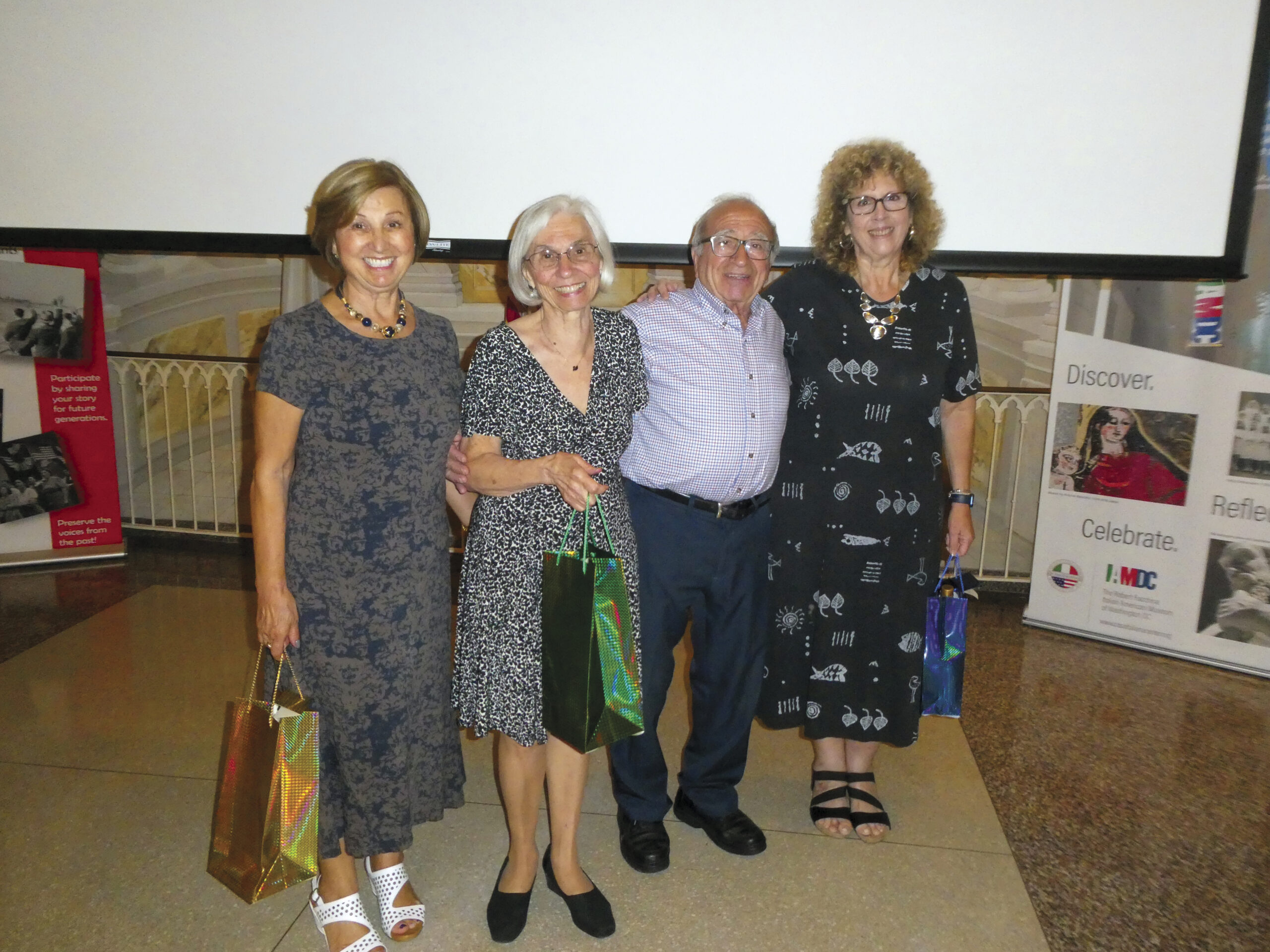
Credit: Sam Yothers
A delicious lunch was catered by Osteria da Nino. Afterwards, a raffle drawing was held which raised $125 for the Society. Thanks to all those who donated raffle prizes and who bought tickets.
At the end of the program, AMHS Immediate Past President Maria D’Andrea-Yothers gave a special thank you on behalf of AMHS to Lynn Sorbara, Joann and Joe Novello and Elisa DiClemente, the members of the Hospitality Committee who have worked so hard over the years to make our programs successful. The Society also extends a big thank you to Lourdes Tinajero for helping to coordinate the program with Dr. Denker and the D’Ambrosio family.
November/December 2022





